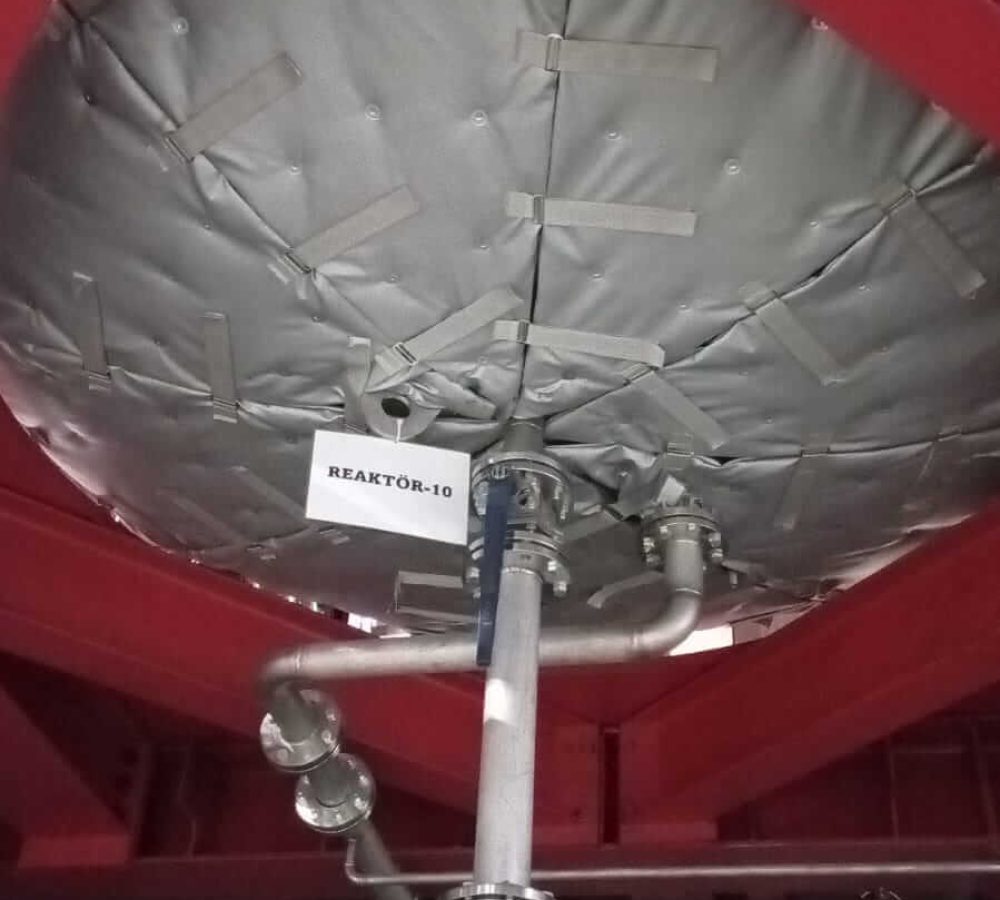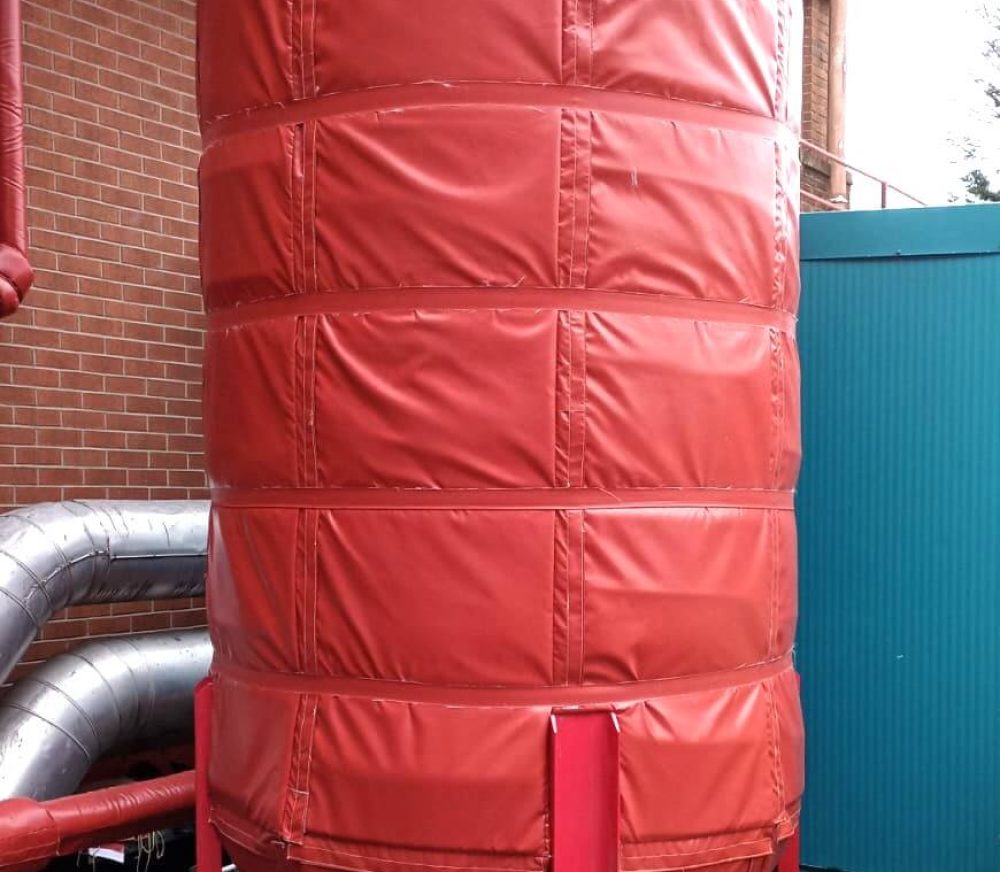REMOVABLE INSULATION SYSTEMS ON EQUIPMENT
Process equipment such as reactors, product tanks, raw material tanks or flash tanks in industrial facilities must be insulated depending on their operating temperatures. The reasons or advantages of the relevant insulation application are as follows:
- Saving Energy
- Maintaining Process Reliability
- Personnel Protection
- Protection for Anti-Freezing and Winter Conditions
- Fire Proofing
- Sound Insulation
- Environmental Awareness (reducing CO2 emissions, etc.)
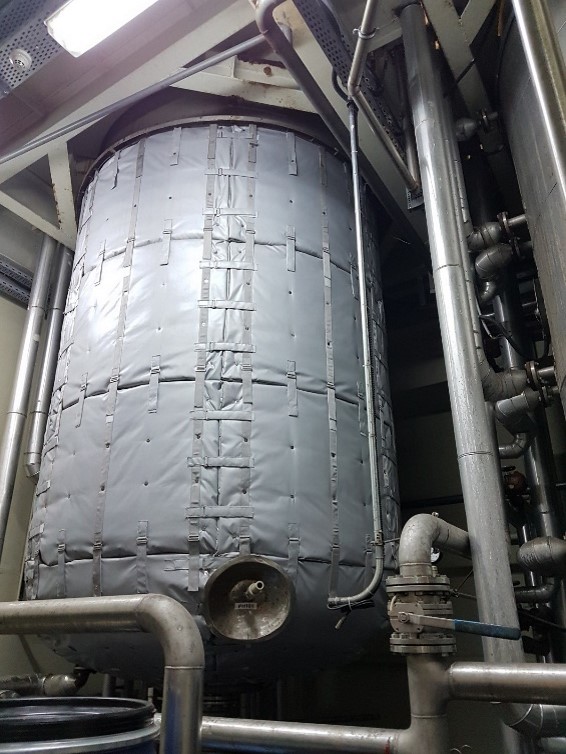
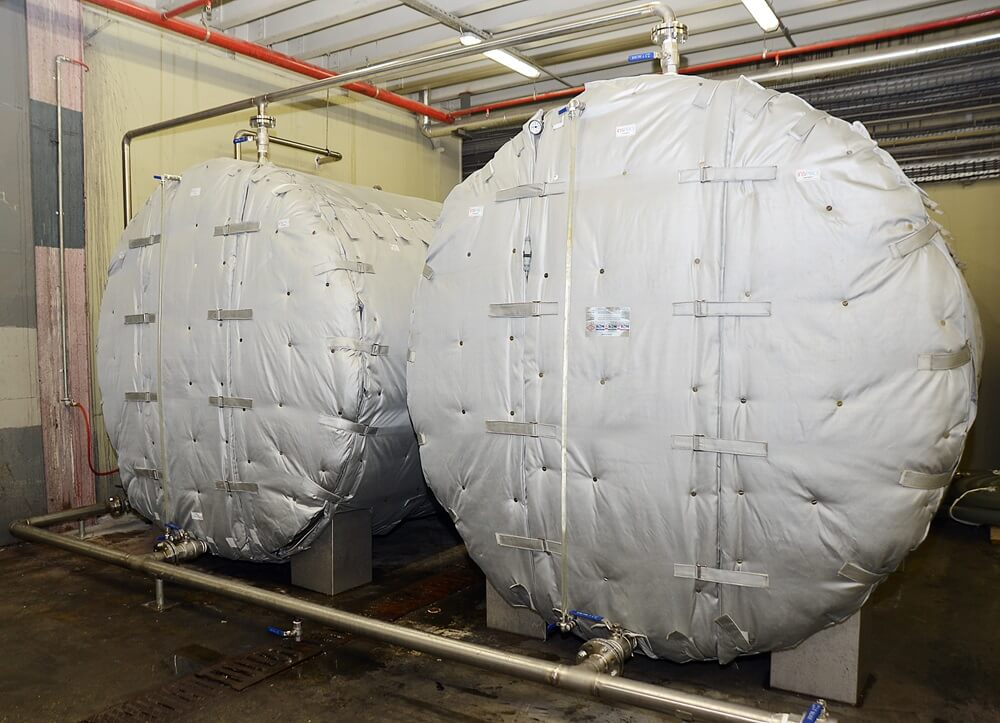
Saving Energy is usually the main reason for conventional insulation applications. However, maintaining the stability and/or reliability of the process, especially in chemical process facilities, is one of the main motivation sources for insulation applications.
Regardless of the reason, after an equipment is insulated, the integrity of the insulation system on it should not be compromised and it should perform close to the manufacturing design. The fact that the parameters determined to ensure process reliability, such as raw material (or semi-products) temperature, vary according to ambient conditions are factors that will have a direct impact on the succeeding sub-processes and affect the entire production. In equipment insulations such as reactors, product tanks, raw material tanks, etc. the main reasons (saving energy, process reliability, etc.) should be provided, as well as the parameters determined by considering the operation and maintenance processes. If there is a need for any activity (regular maintenance, repair, modification, etc.) for a similar insulated equipment, for sure, the first requirement is removing the insulation and performing the relevant activity. Critical parameters for this process:
- Time for insulation dismantling
- Waste disposal
- Re-installation of insulation
- Insulation performance after re-installation
Insulation removal time and re-installation time of the insulation after the relevant activity are the factors that determine the total downtime of the equipment. Sure, these periods should be short, and the required workforce should be easily accessible with low costs. On the other hand, the control and disposal processes of the wastes that will occur during the dismantling are situations that create both extra labour and extra costs, as well as environmental awareness. At the end of all these, the fact that the reassembled insulation system performs close to its original design is also a reason for preference for the facility management. Because, as stated above, insulation performance is a very critical parameter in terms of both energy saving and process reliability.

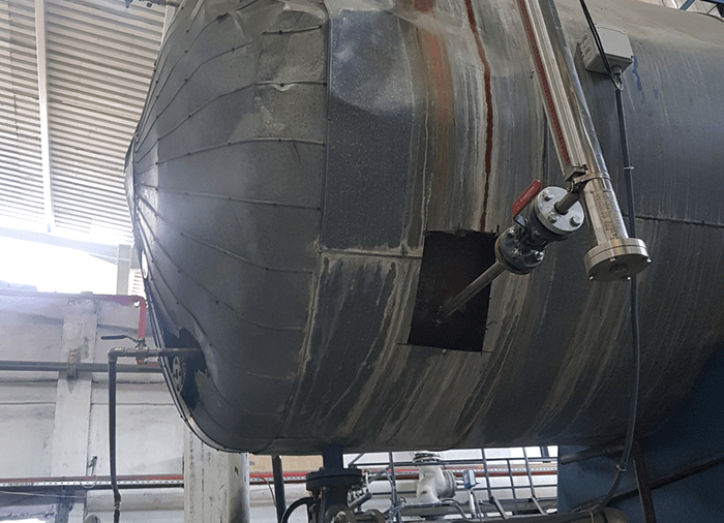
Conventional insulation methods include covering the above-mentioned type of equipment with insulation fillings (rock wool, glass wool, nanogel, etc.) and cladding with aluminium or steel alloy sheets as the last layer. In such applications, compliance with the design performance should be inspected throughout the entire construction process, and even periodic controls should be made after the application. In addition, if any activity like maintenance, revision, etc. is needed, the relevant insulation will have to be partially or completely dismantled and reinstalled after the activity. This situation will also result in the permanent presence of a talented insulation team in the facility and the prolongation of the downtime depending on these dismantling and installation times.
The situation is completely different in new generation removable insulation applications. In these applications made with flexible and removable insulation systems, there is no manufacturing requirement on the equipment, and even if there is no special insulation competence, it can be easily installed, partially or completely dismantled, and then reinstalled by any personnel. There is no waste in these processes and they are completed in a very short time compared to conventional insulation applications. In this way, equipment downtime is not prolonged due to insulation requirements. There is no performance change in the reinstalled insulation system because there is no need for any intervention that will damage the integrity of the system. Even if there is any damage on any part of insulation, it can be taken care of in a short time by remanufacturing the relevant part. Since the use of external workforce is at a minimum in all of these processes, the risks in terms of occupational safety are also minimized.

